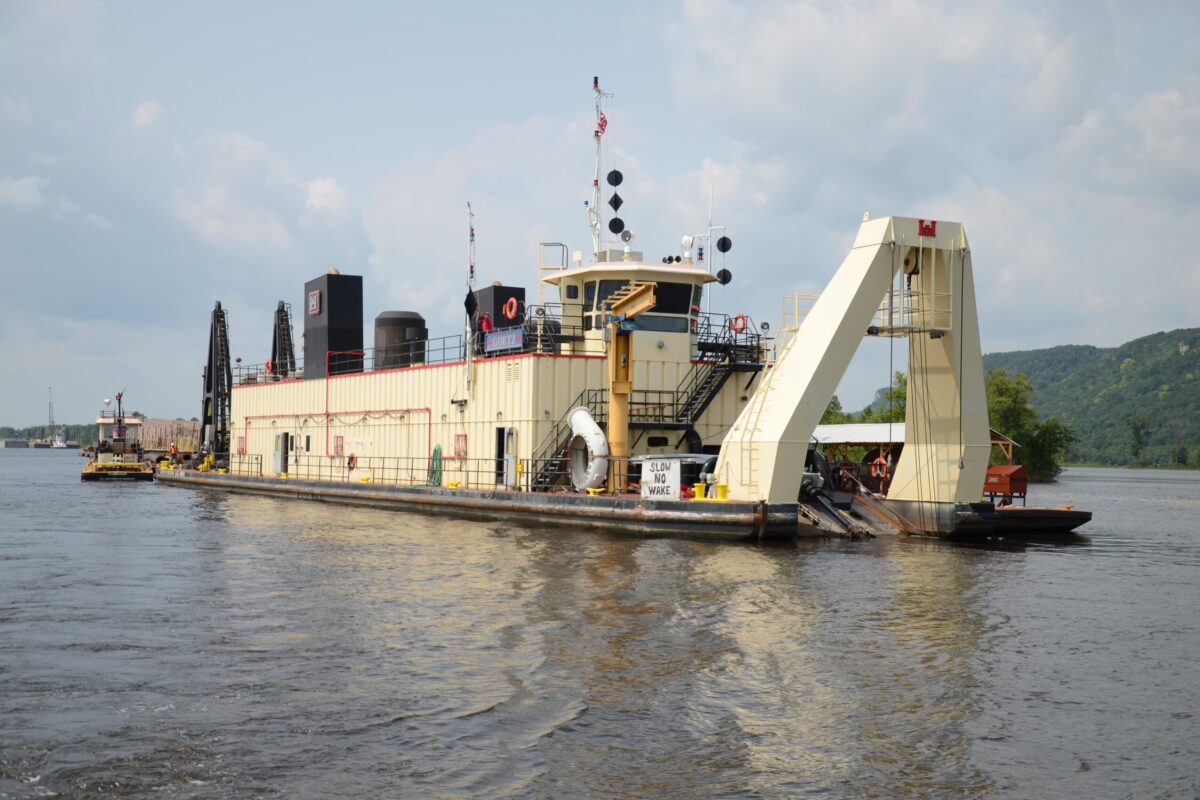
Our Nation’s Inland Waterways System
Our nation’s inland waterways system includes 12,000 miles of commercially navigable channels and some 240 lock sites.
America’s “inland marine highways” move commerce to and from 38 states, serve industrial and agricultural centers, and facilitate imports and exports at gateway ports.
By safely moving America’s cargo at the lowest cost, barge transportation plays a vital role not just to our nation’s economy, but in preserving our environment and limiting traffic congestion through our neighborhoods.

Least Expensive & Lowest Carbon Footprint
In 2017, 578 million tons of waterborne cargo transited America’s inland waterways, a volume equal to roughly 14% of all intercity freight and valued at nearly $232 billion. All that, and the least expensive, safest, and lowest carbon footprint.
Our lock and dam infrastructure help barges move the products we use every day — the underpinnings of our economy.
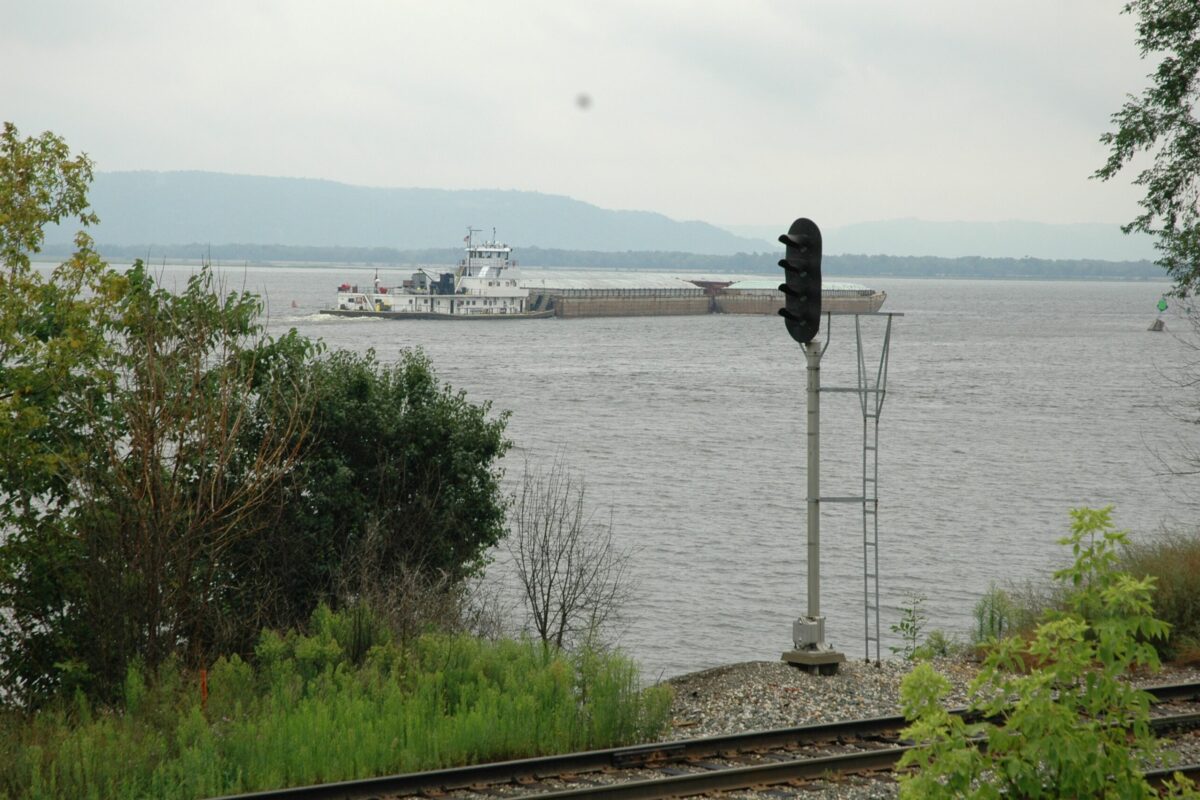
Ideal & Convenient
Barges are ideal for hauling bulk commodities and oversized or overweight equipment, including:
- Grain
- Steel
- Iron
- Chemicals
- Cement
- Petroleum
- Coal
- Aggregates
- Intermodal Containers
- Project Cargoes

Strengthening Our Economy
America’s economy benefits from the cost efficiencies barge transport provides over transport by truck or rail. More than 60% of the nation’s grain exports move by barge, helping our agricultural exports stay competitive in global markets.
Barge transport also keeps our nation’s vital energy sources flowing, fueling our industrial base and keeping our high-tech economy running. In fact, more than 22% of domestic petroleum and petroleum products and 20% of the coal used in electricity generation transit our inland waterways.
America’s safe, reliable and efficient inland river transportation system has been the envy of the world for more than a century.

World-wide Demand
With world-wide demand for waterborne commerce expected to more than double by the year 2025, our inland waterways will need infrastructure reinvestment to ensure it will meet the demands of the 21st century to keep America competitive.
Barge transportation also contributes half a million jobs to the U.S. economy, according to a study, “Inland Navigation in the United States: An Evaluation of Economic Impacts and the Potential Effects of Infrastructure Investment”, commissioned by the National Waterways Foundation and executed by the University of Tennessee and the University of Kentucky.
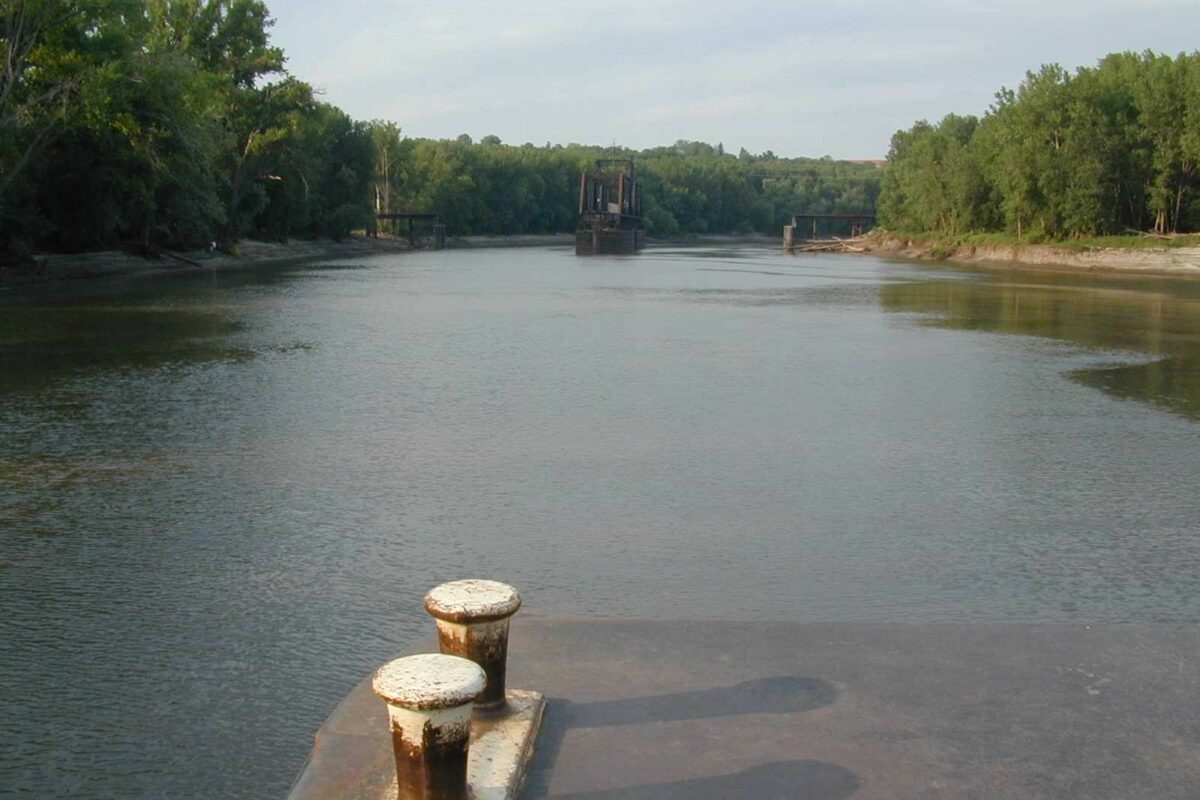
The Study Determined:
• If we invest in our inland waterways, we can sustain 541,000 jobs and more than $1 billion in new job income annually;
• Investment in badly needed modernization improvements to our inland waterways’ aging lock and dam infrastructure could lead to 350,000 job-years of new, full-time employment with a present value of more than $14 billion over the 10-year period examined in the study;
• If 21 priority navigation projects could be completed at an estimated cost of $5.8 billion total, the 20-year sum of related economic output activity would exceed $82 billion;
• If the completion of those projects were accelerated to 10 years, between 10,000 and 15,000 new jobs with an annual economic value of $800 million could become available. In the second decade, the completed navigation improvements could result in 10,000 new jobs throughout the economy each year with a total income of $740 million in the first year to more than $1 billion by year-20;
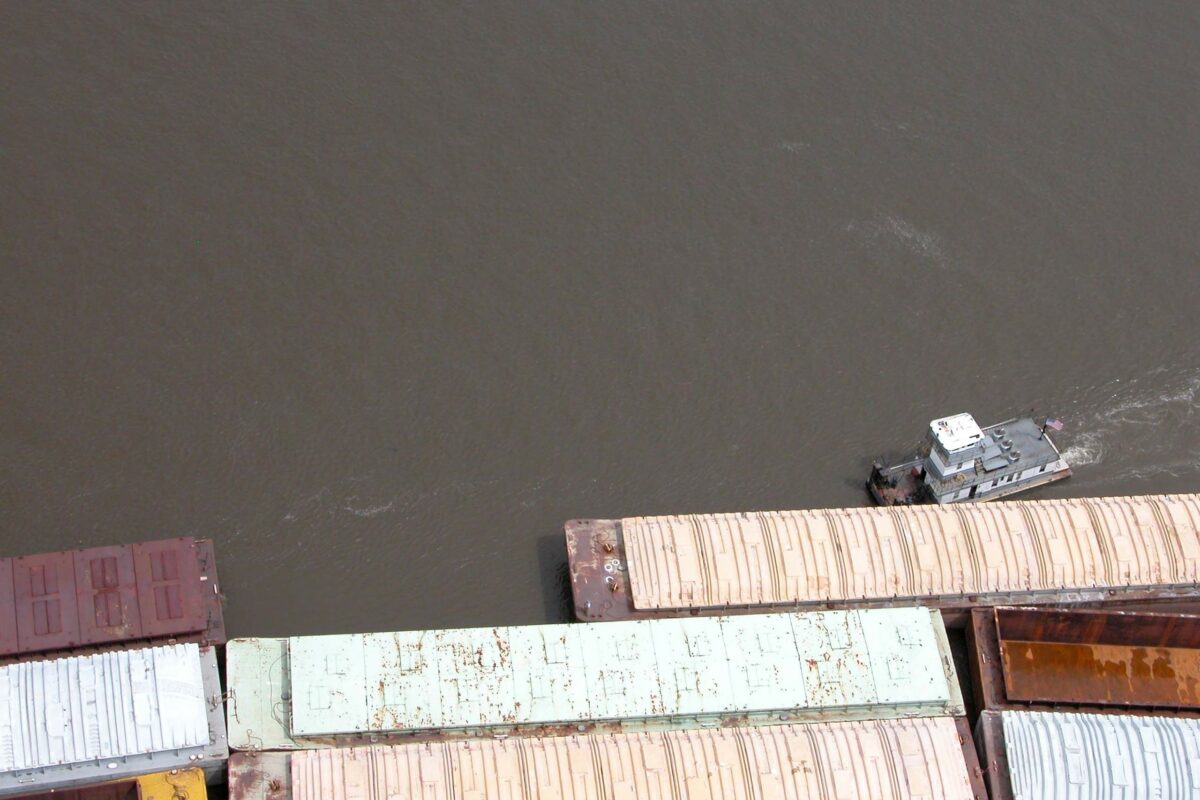
The Study Determined (Cont’d):
• New freight capacity could result in creation of some 12,000 new full-time, permanent jobs each year with annual incomes in excess of $500 million;
• If commercial shipping on our waterways ceased entirely, there would be immediate, devastating economic consequences with a total 10-year loss of $1.063 trillion, when discounted to reflect that some of the loss is still several years away;
• Shipping costs would increase by $12.5 billion, which would ultimately be passed onto American consumers in the form of higher costs for goods. The Gulf Coast and Lower Mississippi River regions would be hardest hit by a potential complete waterways system closure. High-value petrochemical products dominate industrial production in that region and alternative transportation in the region is limited;
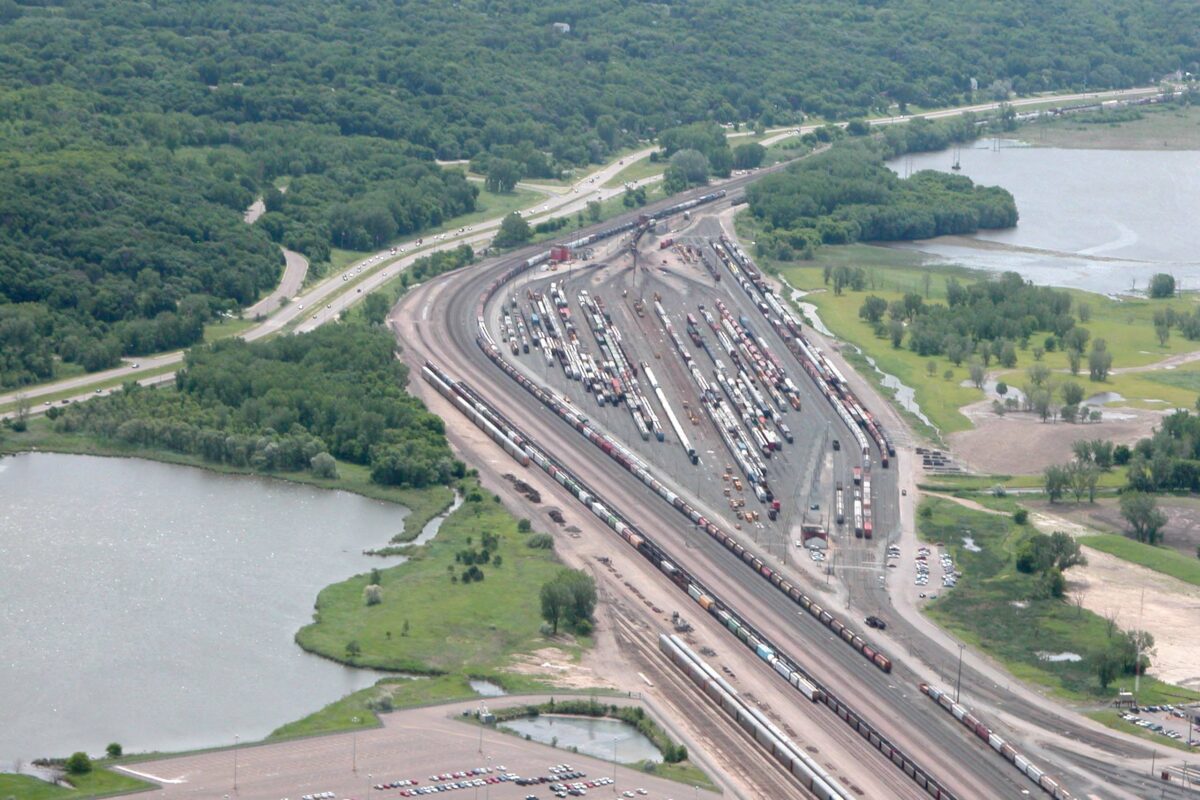
The Study Determined (Cont’d):
• With the loss of waterways’ shipping, an estimated 75% of freight would be diverted to truck and/or rail, and there would be a 25% loss due to decreased production. Given that the capacity of just one standard river tow (15 barges) equals 1,050 trucks or 216 rail cars and six locomotives, the nation would face certain traffic gridlock;
• For more than half of Americans, there would be a 7.8% spike in the price of electricity, triple the average annual increase, if the waterways were not available to shippers.
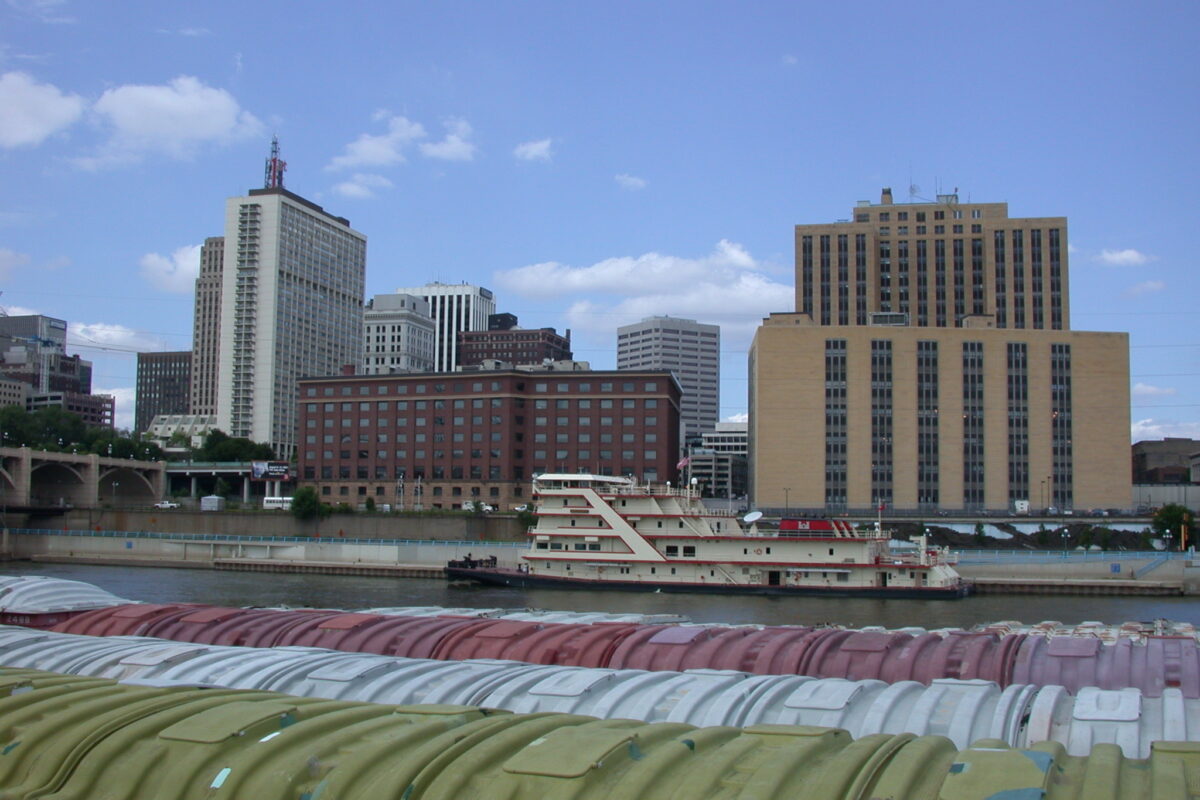
A Clear Choice for the Environment
U.S. waterways provide great capacity to ease congestion by carrying cargo that would otherwise travel by truck or rail. The annual traffic on America’s inland navigation system carriers the equivalent of 58 million truck trips per year.
Rail emits 39.9% more air pollutants than barge and truck 371% more. Moving cargo on our inland waterways keeps our air cleaner.
Energy Saving: Barges can move one ton of cargo 647 miles per gallon of fuel; a rail car would move the same ton of cargo 477 miles, and a truck only 145 miles. Texas Transportation Institute’s Center for Ports and Waterways at Texas A&M University (March 30, 2017).
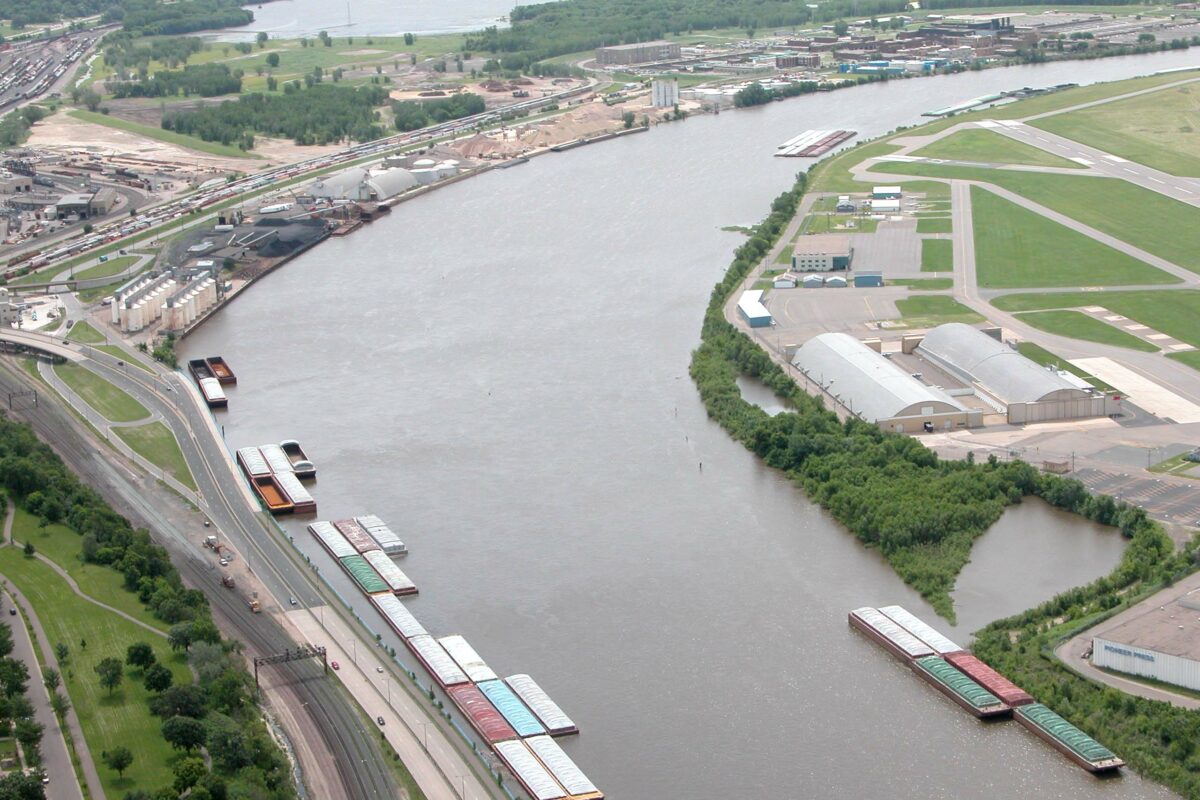
Entire Upper Mississippi River Basin Benefits from a Healthy River
An analysis of the Upper Mississippi River Basin – Minneapolis to the junction point with the Ohio River, 858 miles downstream – shows that in 2008, about 73.7 million tons of commodities were shipped on the river system out of the basin. Almost 43% of this tonnage consisted of corn, soybeans, wheat and other grains. Most of the grain (31.6 million tons) went to New Orleans and Baton Rouge areas on the Gulf of Mexico. Coal leaving the basin went mostly to 29 power plants in Alabama, Mississippi, Ohio, Louisiana, Kentucky, Tennessee, Indiana, Florida and West Virginia.
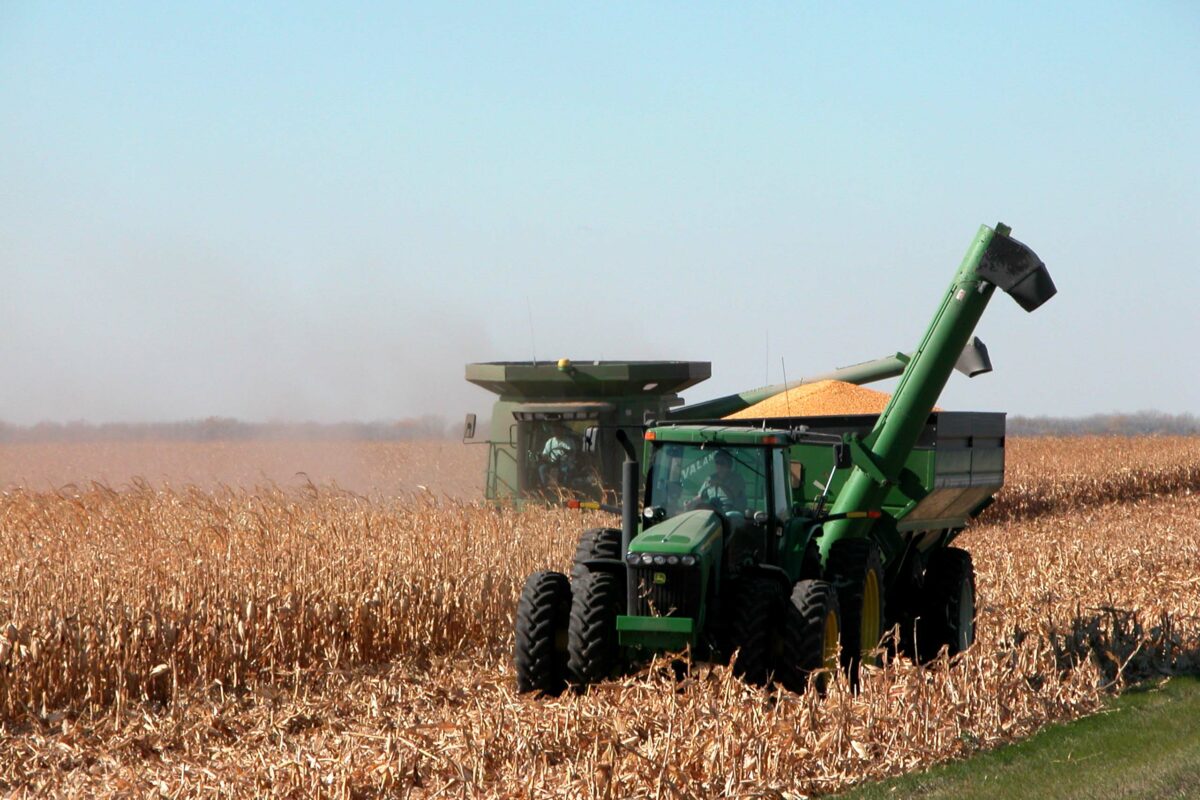
Minnesota Benefits
The Mississippi River System stretches over 195 miles in Minnesota and supports four port areas who’s combined 2016 tonnage was 14.7 million net tons. The River accounts for over 50 percent of Minnesota’s agricultural exports.
Minnesota’s largest river tonnage commodities are agricultural products such as corn, soybeans and wheat. In 2016, Minnesota shipped over 7 million tons of grain down the river. River ports also handle other dry commodities such as fertilizer, cement, sand and gravel, salt, coal, steel and scrap metals for recycling. Liquid products include petroleum, caustic soda, vegetable oils, molasses and anhydrous ammonia.

Maintained by the U.S. Corps of Engineers.
The Mississippi River Navigation System is maintained by the U.S. Corps of Engineers. They dredge the width and depth of the channel to accommodate 9-foot deep barges, and they operate the 29 locks and dams on the Upper Mississippi. The locks are also used by recreational boaters at no cost. The commercial barge operators on the River pay a user fee of 29 cents per gallon of fuel purchased. These dollars are used to pay for half of major federal lock structure improvements.
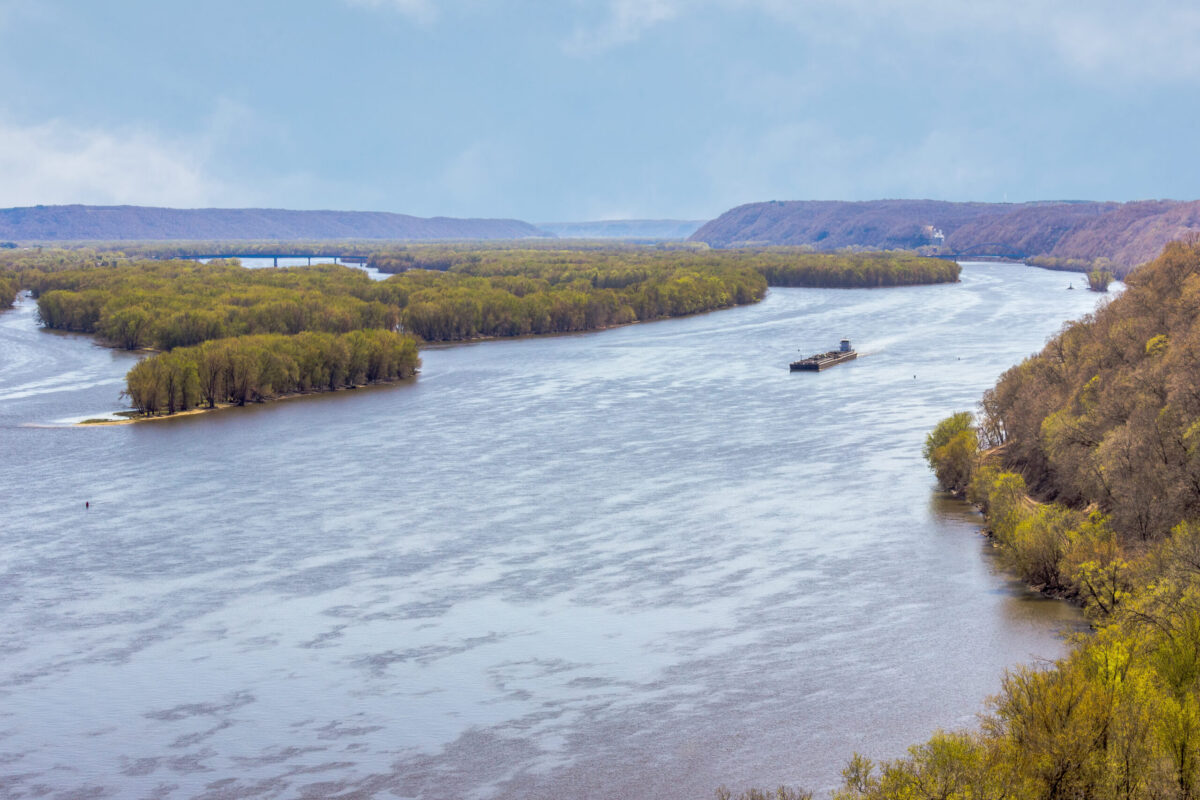
Waterways.
The Greener Way to Go
Relieving Congestion. One hopper barge carries as much dry cargo as 16 rail cars or 70 trucks, so one common 15-barege tow keeps 1,050 trucks off the highways. Barges move liquids effectively, too: one tank barge moves as much as 46 rail cars or 144 trucks.
Energy Efficient. Transporting freight by water is the most energy-efficient choice. A barge moves one ton of freight 29% further than a rail car and just over 4 times further than a truck.
Environmental Advantage. Barges have the smallest carbon footprint of the three modes. To move an identical amount of cargo by rail generates 39% more carbon dioxide than by barge, and trucks would generate a whopping 371% more emissions.

